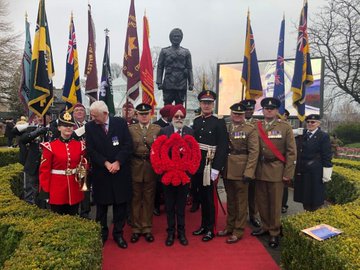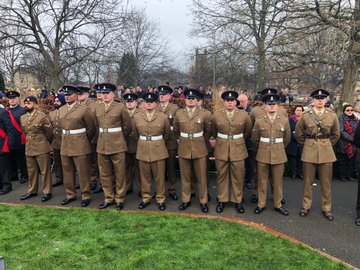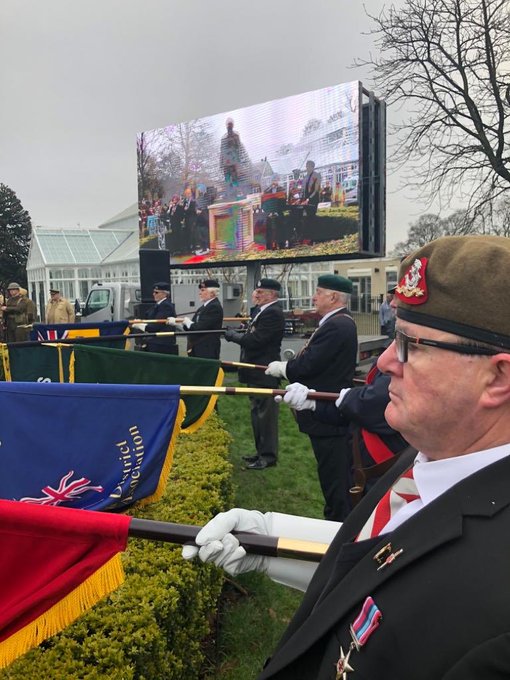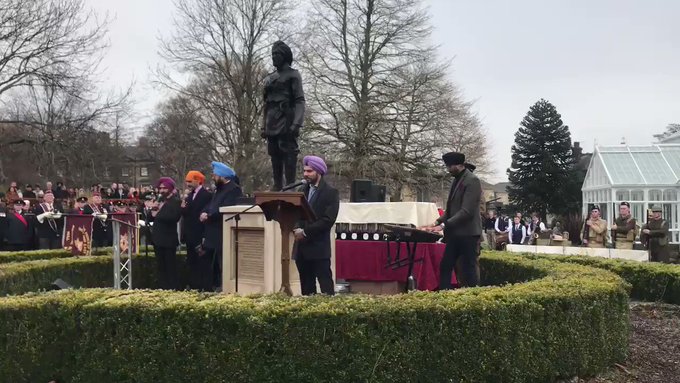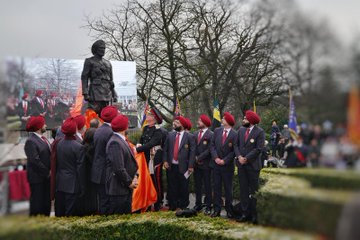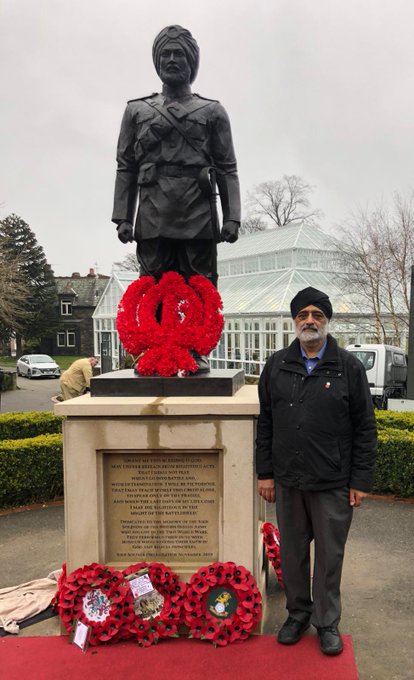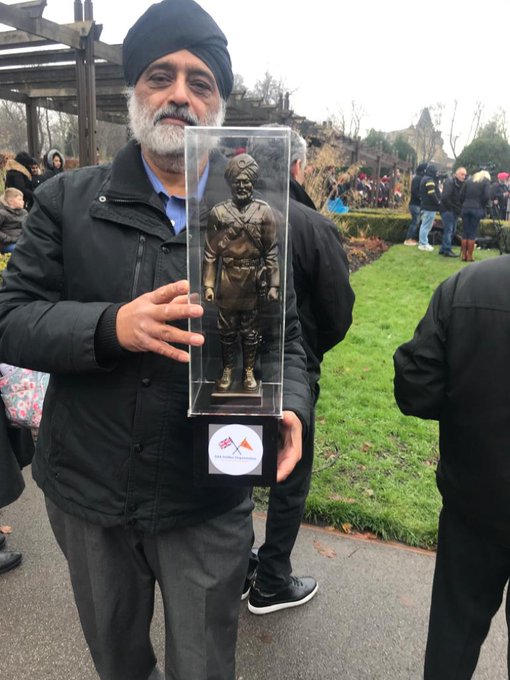Usha Albuquerque
Another glass ceiling has been shattered, and that too, by the Indian Army, as it opens a small window for women to be inducted as soldiers in the force.
In an incredible new development the Indian Army put out an advertisement in April this year for recruitment in the Corps of Military Police (CMP), which has now kicked off the process to recruit women as soldiers into the Military Police. The newspaper advertisement stated “Applications are invited from Indian female citizens for recruitment as Soldier General Duty (Women Military Police)”
Last year, the Indian Army Chief Gen Bipin Rawat had said the process to allow women in a combat role — currently, an exclusive domain of men — would begin with women being recruited for positions in the Military Police.All wings of the Indian Armed Forces allow women in combat roles (junior ranks) and combat supervisory roles (officers), except the Indian Army. The defence services have been looking to enhance women’s representation in the three services, and women are being taken into a number of select areas including in medical, legal, educational, signals and engineering wings of the Army, but combat roles were kept off limits for them due to operational concerns and logistical issues.
Women can join the defence services in the medical and nursing cadres, as also in most non-combatant areas, including the Army Service Corps, Ordinance Corps, Education Corps, Signals, Electrical & Mechanical Engineers in all three services, pilots, the Judge Advocate General’s branch and the Army Intelligence Corps. Moreover, women are inducted in all the three branches of the Indian Air Force i.e., Flying Branch, Technical Branch and Ground Duty Branch. Although recruitment of women into the Flying branch of the Air Force was limited to transport aircrafts and helicopters, in June 2016 the government decided to open the fighter stream for women with the first batch of women pilots into its fighter squadron too.
In Indian Navy also, women are inducted through Short Service Commission in all branches except in submarines and as divers, but including Logistics, Law, Observers, Medical, Dental, Air Traffic Control (ATC), Pilots (Maritime Reconnaissance Stream), Naval Armament Inspectorate (NAI) cadre, Naval Architecture, Education, Sports and Musician Branch.
So this was obviously a decision whose time had come!
Pre-decided annual intake
Women will now be inducted into the fighting force of the Indian Army — although in a graded manner to eventually comprise 20 per cent of total Corps of Military Police. Accordingly, the Army has chalked out a plan to induct approximately 800 women in the Military Police with an intake of 52 personnel per year.
Training
Those selected will be sent to the Corps of Military Police (CMP) Centre and School for training. On successful completion of 33 weeks of training at CMP Centre & School, Women MP recruits will take up their duties with the rank of Sepoy. According to the requirements of this job, you can be appointed for service to any part of the country, or the world, and assigned any duty in organisational interest, as decided from time to time by the Army Headquarters. Pay and allowances and promotions will be at the rates and under the conditions applicable to all Military Police personnel, as revised from time to time. You will also be entitled to Pension benefits on completion of 15 years of service.
Interested candidates can apply at the official website – www.joinindianarmy.gov.in.
So while it may be some more years before women fight shoulder to shoulder with men in the infantry, a modest beginning has been made with the introduction of the cadre of Women Military Police.
The Indian Defence forces have been steadily increasing the number of women in the forces. From 2014 to 2018 this number has increased greatly — Indian Air Force, which had 8.5 per cent women, now boasts of around 13.09 per cent women personnel. The number of women in the Indian Navy also rose from 2.8 per cent to 6 per cent and in the Indian Army the increase was from 3 to 3.80 per cent. So, far women recruited into the defence services have shown great mettle in handling stress and mental toughness. Many have done extremely well in physical training as well. In the first few batches at the armed forces training academies it was noted that women displayed more endurance and some even outran their male counterparts in cross-country runs and long distance marches.
So, here’s a clarion call for all energetic enthusiastic and nationalistic young women.
Selection process
The defence services require candidates who are in good physical and mental health and are free from any disability likely to interfere with the efficient performance of military duty in all ,weather and across all terrains. You will, therefore, need to appear for a medical examination during the recruitment rally as per laid down medical standards of the Army and be called for a physical fitness test. This will include a 1.6 km run to be completed within 8 minutes, as well as Long jump (10 ft) and High jump ( 3 ft) tests which you will need to complete satisfactorily to qualify for selection.
Eligibility
- Matric / 10th / SSLC or equivalent with 45 per cent marks in aggregate and minimum 33 per cent marks in each subject studied
- Age -17 ½ – 21
- Height – 142 cms
- Weight – Proportionate to height and age as per Army medical standards.
Common Entrance examination
There will also be a written test at a nominated venue for the candidates who are deemed to be medically fit.
This written test known as Common Entrance examination or CEE is conducted to examine the educational and general intelligence standard of the candidate. The syllabus will be taken from the curriculum of matriculation standard book of NCERT and include questions on the study of General Knowledge, General Science & Mathematics. Questions based on basic knowledge of computer will also be asked.
Vacancies
As per the Indian Army Women Recruitment 2019 Notification, a total of 100 vacancies were notified for Soldier General Duty (Women Military Police) at recruitment rallies which were held at Ambala, Lucknow, Jabalpur, Bangalore and Shillong earlier this year.
So, if you wish to join the Indian Army in the Women’s Military Police watch out for next year’s recruitment notification.
Role and responsibilities
The roles of the military police will range from probing crime cases and policing the cantonments and army establishments, and prevent breach of rules and regulations by soldiers, to maintaining movement of soldiers as well as logistics during peace and war, handling prisoners of war and extending aid to civil police whenever required.































































